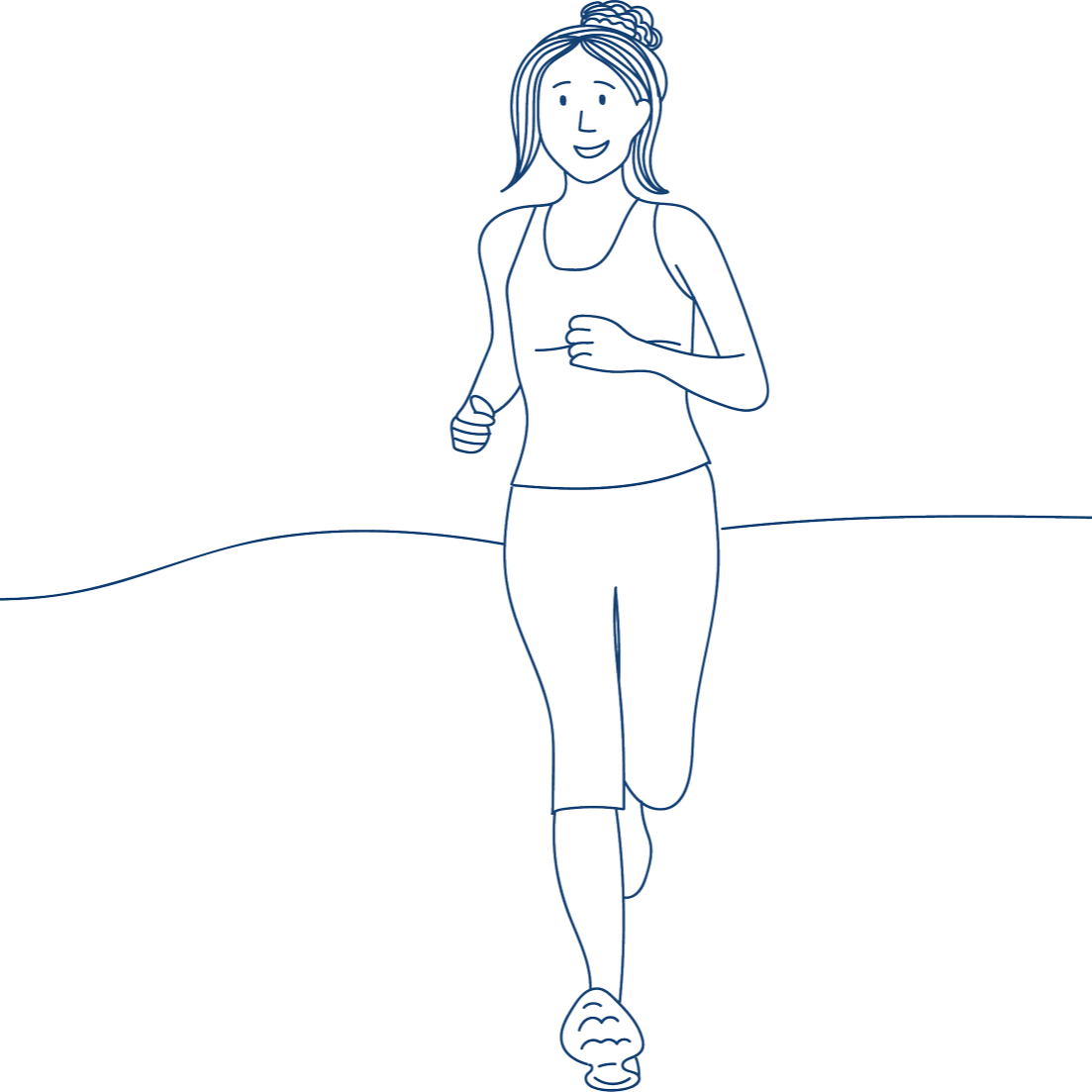Runners, repeaters, and strangers
Ten years ago, I was working with a housing association who wanted to understand why the productivity rate of their empty homes team was benchmarking low. Part of the investigation involved shadowing a team of empty homes operatives, and on this particular day, we were going to complete a works specification for a property that had been abandoned by the previous tenant.
If you work in social housing, some of this might be familiar. The team I was with did things that I didn’t immediately understand - like poke the letterbox with a pen on arrival, wear a mask when entering, and always completed the first visit in pairs.
Through conversation, I learned that their process had been designed around a few very specific, and sometimes upsetting, instances. For example, the letterbox poke? That was to see if flies flew out, a precaution after someone once found a deceased person inside. The masks? Because a property was once found full of human and animal waste. The pairs? For emotional and physical support in case they encountered anything dangerous or traumatic, like squatters, or drugs.
But here’s the thing: most of the team hadn’t experienced these events personally. In fact, on investigation, these events had happened once in a single individual’s 20+ year career. And yet, these rare occurrences had defined the process the team followed, every time.
Now, the point here isn’t to diminish the seriousness of those past incidents. It’s vital to care for staff safety and emotional wellbeing. But it raises a critical question: how do we design processes that are both safe and efficient?
That’s where this amazing process design principle comes in - Runners, Repeaters, and Strangers (RRS).
RRS segments work into three categories
Runners are the tasks and situations you see every day. They are high volume and high frequency. They should be streamlined, standardised, and as efficient as possible.
Repeaters are the less frequent but still regular types of work; they are often predictable. They may require more flexibility and decision-making.
Strangers are rare and unusual cases, like the ones that shaped this housing association’s processes. These require expert handling, risk assessments, and sometimes bespoke responses. They are the reason we hire professionals.
The mistake organisations often make is designing every process around the “Stranger” scenarios.
By applying RRS thinking, you can tailor your processes more appropriately. You can build highly efficient workflows for the day-to-day “Runners,” introduce more guidance and flexibility around those "Runner" processes for “Repeaters,” and have well-defined protocols and escalation points for the “Strangers.”
This balanced approach respects both efficiency and caution, and most importantly, it respects your people, ensuring they’re not overloaded with unnecessary steps but still protected when it matters most.
So next time you’re designing or reviewing a process, ask yourself:
Is this a Runner, Repeater, or Stranger?
Are we designing for the everyday reality or the exception?

